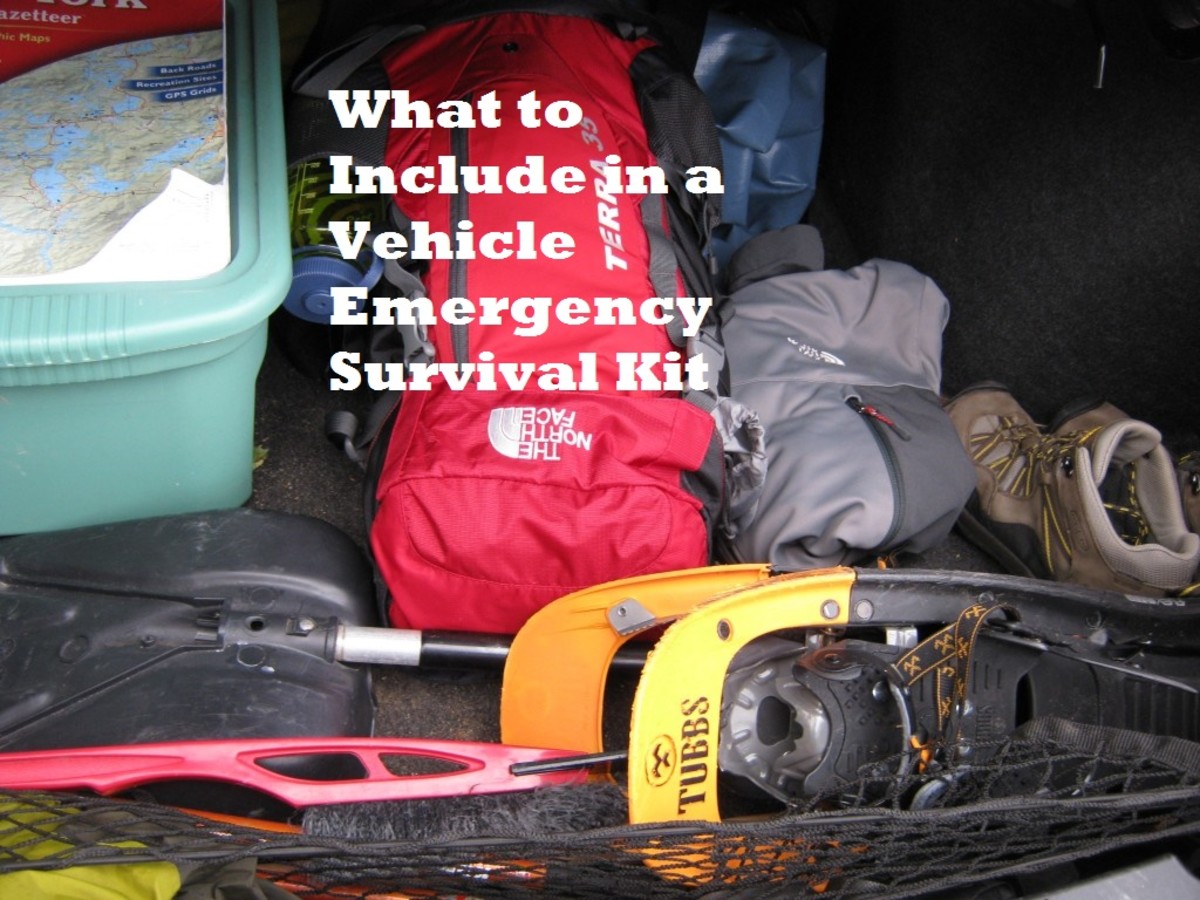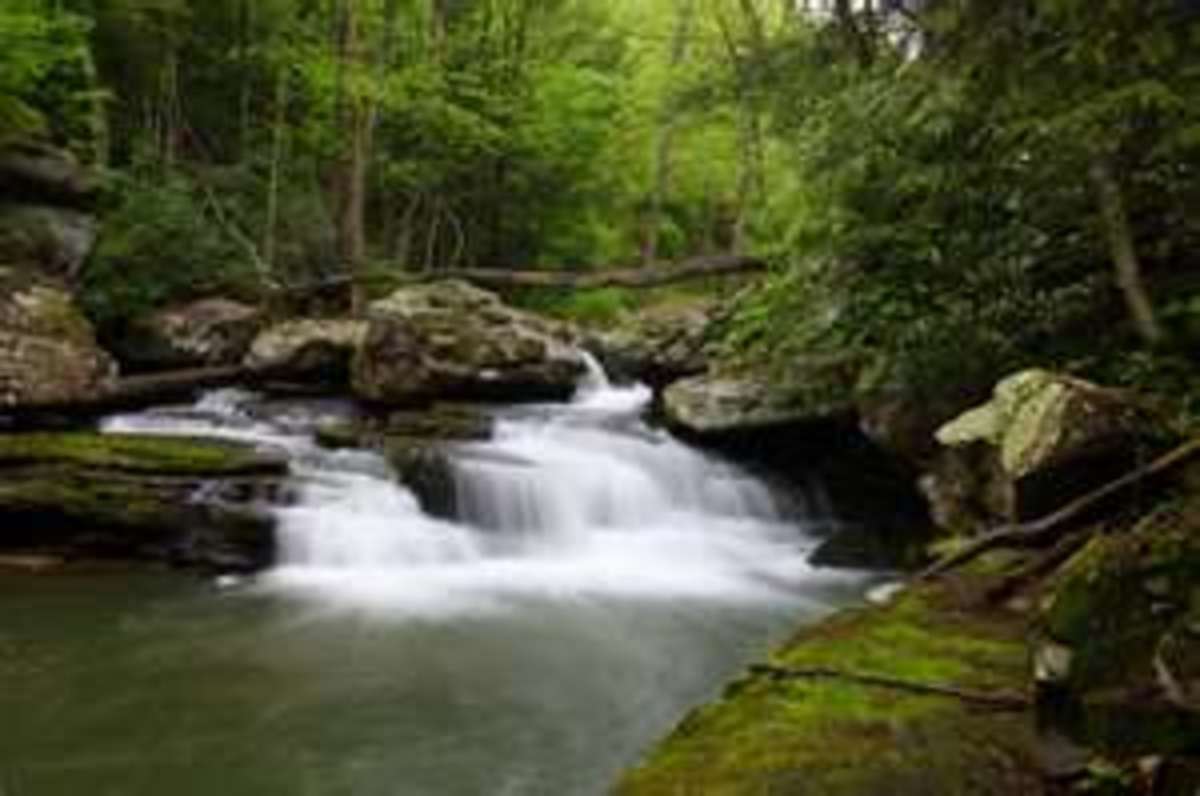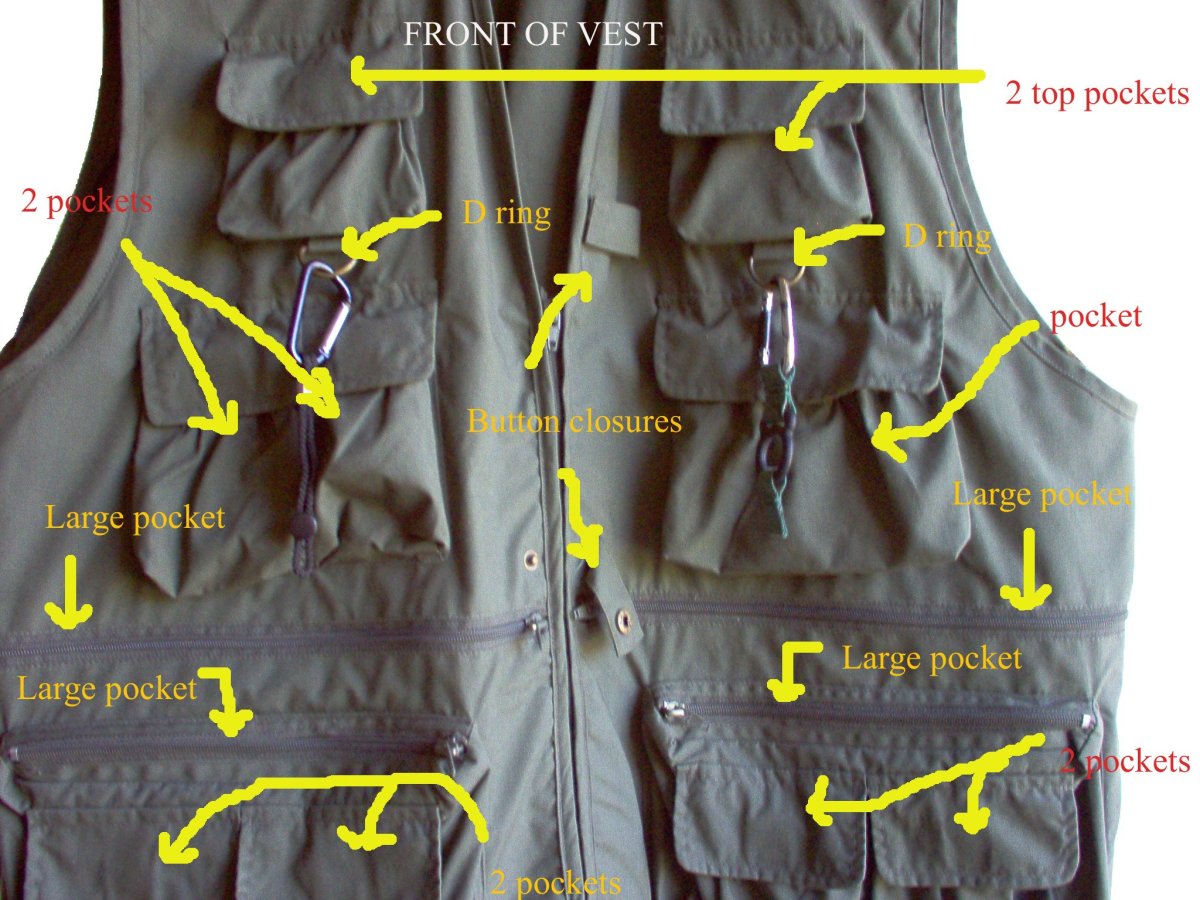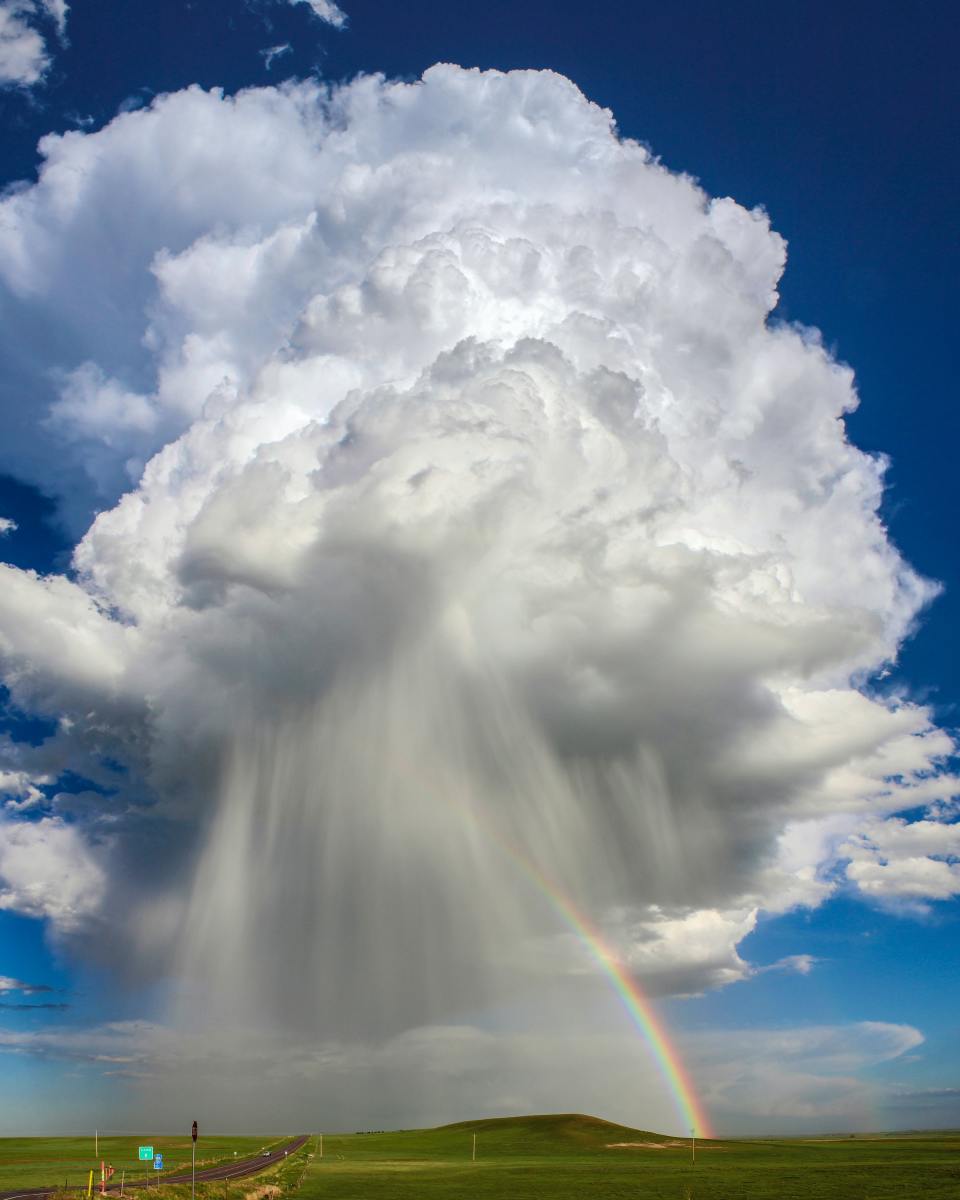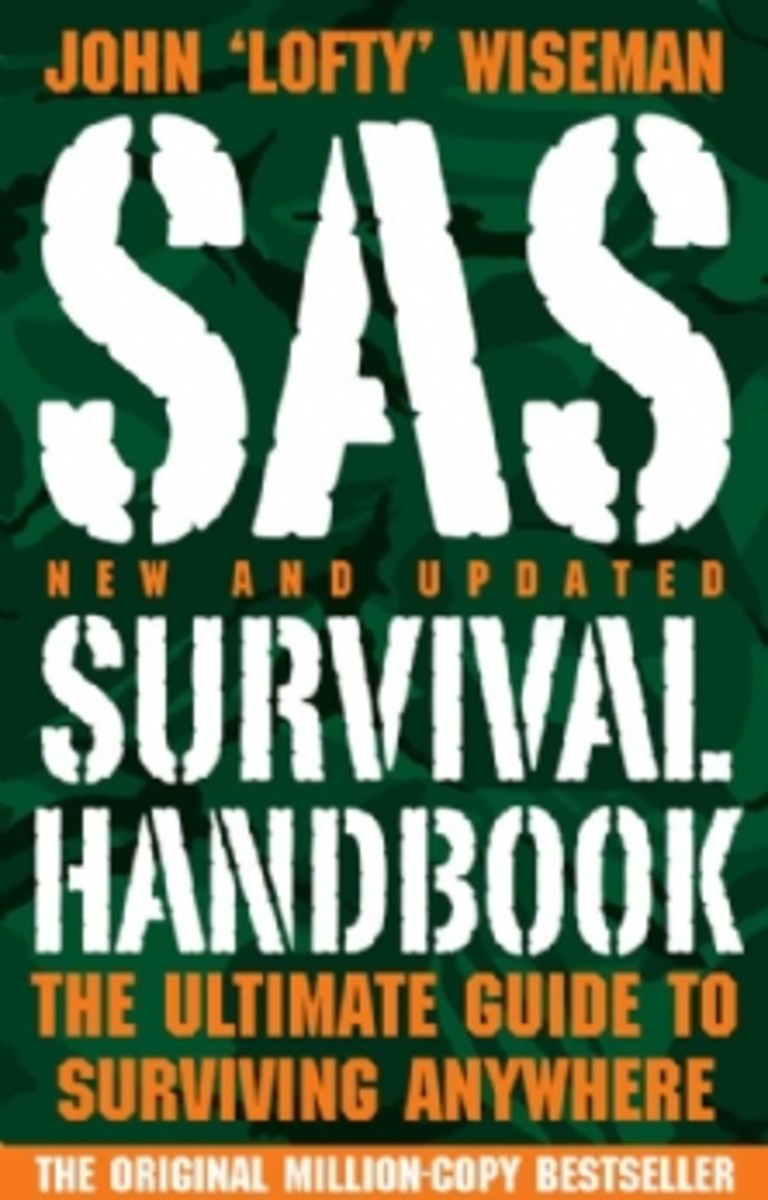Common Survival Misconceptions
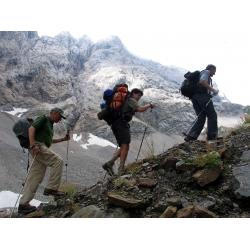
Introduction
For any budding outdoor enthusiasts, emergency preparedness should be the first thing learned. Being outdoors and away from emergency services make even the smallest injuries and situations potentially life threatening. In order to have a safe and successful outdoor adventure, one thing must be remembered: BE PREPARED. Preparing yourself to handle any and all situations correctly is crucial. To accomplish this, one must get the facts. There are several popular but false or misused survival tactics people use, and we are going to highlight some of them as well as provide proper instructions on how to approach the situation.
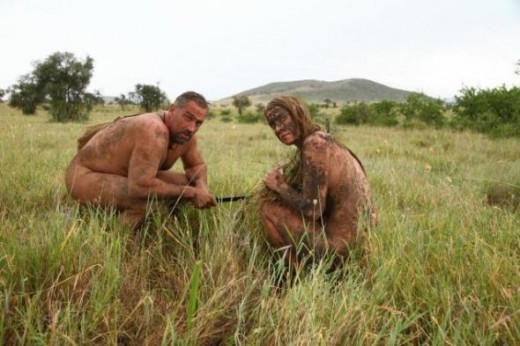
Naked and Afraid
The Discovery Channel launched an extreme new reality show, Naked and Afraid, documenting the plight of man and woman left in a remote, rugged location, with no supplies (nor clothes) but a knife and a cooking pot to fend for themselves for 21 days. The show is presented as a test of mental toughness, survival knowledge, and physical stamina. Episodes began airing in the Summer of 2013 and been filmed in Tanzania, Panama, Costa Rica, the Maldives and Borneo.
Read more: http://www.nydailynews.com/entertainment/tv-movies/discovery-bares-new-naked-shows-article-1.1308199#ixzz2Xrsnufv1
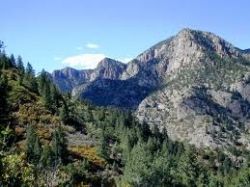
Biggest Survival Misconceptions
1. Snake Bites
As seen in countless TV shows and movies, one of the biggest survival misconceptions when dealing with a snake bite is to suck the venom out of the wound. In reality, this technique has never been proven to provide any relief to the bite victim. In fact, it makes the victim susceptible to dangerous infections. The proper way to treat a snake bite is by cleaning the wound thoroughly with soap and water, just like you would treat any cut or scrape. After it has been cleaned, it is very important to keep the wound below heart level and to either carry them to safety or have them move very slowly. The point of this is to slow the heart rate and keep the venom from circulating far into the body.
2. Tourniquets
Many people believe that applying a tourniquet is the best way to stop bleeding. While it does stop bleeding, it is far from ideal. Tourniquets create intense amounts of pressure which can severely damage tissue and blood vessels, often leading to unnecessary amputation. Tourniquets should only be used as a LAST AND FINAL resort. The only situations where tourniquets are necessary are for partially or fully severed limbs. Heavy bleeding should be treated by applying direct pressure or pressure right above the wound. Once bleeding is controlled, the wound should be cleaned and bandaged (with a medium amount of pressure, to control further bleeding).
3. Sprained Ankles
Ankle sprains are very common in the wilderness, and if not treated properly can render victims immovable. A common myth states that heat should be applied immediately, but is actually the exact opposite of what you should do. Ice should be applied ASAP, as it will slow swelling and inflammation. As not many hikers carry coolers full of ice, soaking it in a lake or stream or using snow is effective as well. If there is no ice or water source around, compressing the ankle with a bandage is the next best thing to slow swelling. After that, elevating the foot further promotes healing. A good acronym to remember for ankle sprains and any other soft tissue injuries is RICE (Rest, Ice, Compression, Elevation).
4. Couldn't Happen to Me Syndrome
Most survival situations aren't expected and start of as seemingly innocent plans, such as hike with a girlfriend, or a kayaking trip with Dad. Suddenly weather conditions change, an ankle gets badly turned, or a heavy current takes you far beyond your expected destination on the river. If you become stranded, a variety of serious situations can occur due to exposure and/or thirst in a short period of time. Make a contingency plan and always pack a first aid kit and/or basic survival kit supplies in the event of the unexpected. There's an old saying that, "You never plan to fail, but you can fail to plan." Don't fail to plan, by assuming that nothing could go wrong to you.


